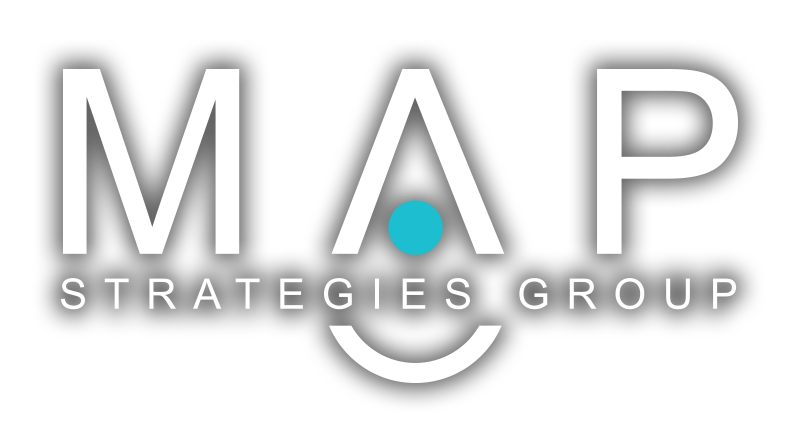Office space, amenities weighed as pandemic isolation lifts
Phoenix Business Journal story by Ron Davis, August 2022
As Valley employers weigh the future of their office space, designers, developers and brokers are noticing that amenities and some form of social congregation is necessary.
How that experience is ultimately on display in the workplace for Phoenix-area employees who want to work in the office is still an ongoing conversation. As many employees have worked remotely for nearly two and a half years, real estate experts (and employees) say more is needed for workers to want to come into the office more often.
Alexandra Ayres, a senior associate at Corgan, a Phoenix architecture firm, said property owners could benefit from improving employees' journey from the parking lot to their desk. Rich decor in the lobby and a nearby coffee shop on site could give employees an extra pep in their step when arriving at work, she said.
"Having that social aspect incorporated into the space is really important. Work happens when we're walking from our car to our appointment," she said. "Some of the most important work may happen while having that cup of coffee where you seal the deal or bump into somebody you haven't seen."
Ayres was one of three panelists who spoke at AZCREW's office market update earlier this week. AZCREW is a networking group for women in commercial real estate. Ayres, along with Jim Bulsiewicz of Hines and Charlie von Arentschildt of CBRE Group , agree that experience will drive decisions for most companies and their office space.
"Will you have free coffee or iced tea? Can you provide dry cleaning? ... Now we're hearing [requests for] pet care a lot," von Arentschildt said. "When I started in this business 10 years ago, we were trading paper and negotiating rate, and rate was the most important thing. Today, I think what the consumer has said is, price is not the determining factor, experience is.
"The old metric used to be, you'd have one employee per every 100-150 square feet. Now we have tenants that take 10,000 square feet and hire 200, 300, or 400 people to work out of that office. But it's on the assumption that they'll be there on [hybrid schedules]. ... If you're going to a single-story, back-office building with 6 by 6 cubes that you can't see your neighbor and there's nowhere to walk to lunch, I think that's going be challenging for a long time. The reality is that comprises a lot of our market."
Employers have shed larger class B and C spaces, opting for a smaller but premium class A space. New office towers such as 100 Mill in Tempe and The Grove in Phoenix have commanded record monthly rents north of $50 per square foot. 100 Mill — a project developed by Hines and Cousins Properties — was 92% leased as of July.
The office building itself has evolved to a more mixed-use purpose than a building that houses companies, Bulsiewicz said. Hines and Cousins Properties Inc. brought Press Coffee to the first floor of 100 Mill. There is space for a restaurant and the developers are being selective in finding the right fit, he said.
The challenge is those silver bullet amenities that will definitely bring people back to the office more, are unknown and will be a trial-and-error process for companies and developers, experts said.
"I think what the office experience will look like in two years will be a whole lot different because if 100 people a day are having free AJ's [Fine Foods] iced teas and your employees are coming to the office 10% more, you're going to see free AJ's iced tea across town," von Arentschildt said.
Bulsiewicz said there's a push by employers to create a fear of missing out, commonly referred to as FOMO, experience at the office. That can manifest itself in people working out of the office more regularly rising through the company, or employers throwing spontaneous parties or company outings outside the office, he said.

